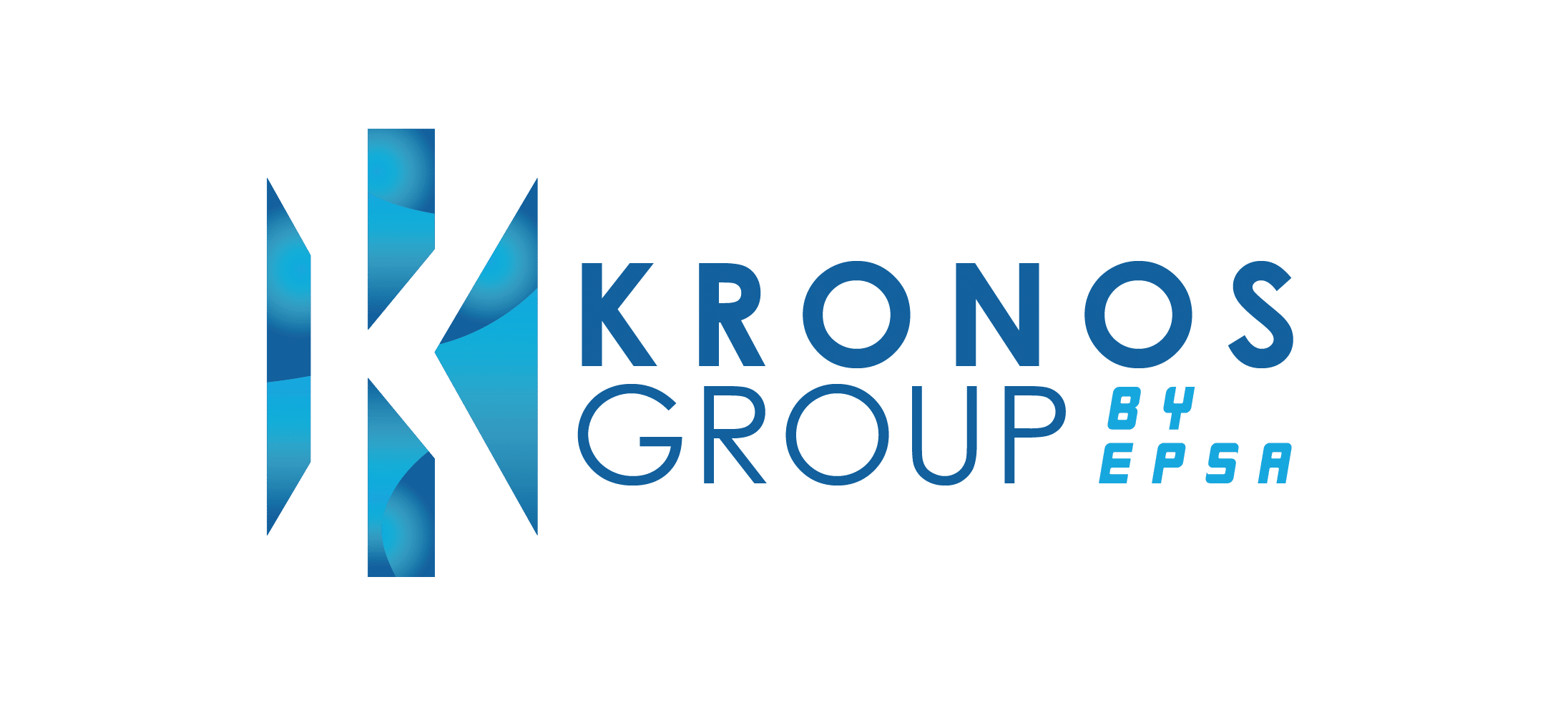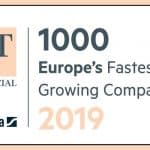How businesses can align procurement digital transformation in a contemporary business environment

Summary
Procurement digital transformation has become an interesting and necessary point of conversation for businesses everywhere.
While many understand the need to stay ahead of these technologies and incorporate them into their business models, many detractors try to avoid any changes that could impact established systems and processes.
In procurement, however, the need to adopt these technologies is crucial, especially as the procurement function takes a more strategic role in businesses.
Technologies create a state of flux in procurement and the rapid changes in the function have become more intense over the last few decades, so businesses need to keep up with today’s procurement landscape.
If businesses integrate different technologies and build a strategic framework for procurement, their procurement processes will be impacted to create operationally efficient entities.
However, while some embrace change, there are always those that oppose it and the influence on procurement professionals will depend on their ability to adopt disruptive technologies and align with a culture of transformation.
Procurement is undergoing massive changes with emerging disruptive technologies, especially in a post-pandemic world where businesses are trying to align procurement digital transformation.
From Artificial Intelligence (AI) and Robotic Process Automation (RPA) to machine learning (ML) and Smart Bots, breakthrough technologies are redefining the way we see the procurement function and the teams that operate in them.
In the current predicament, identifying what a company requires to stay competitive is a challenge in itself. Implementing the best practices that can help advance procurement digital transformation to get ahead of the competition is another hurdle altogether.
Change of any kind can present challenges and as such, disruptive technologies could present challenges to transforming the procurement function.
Overcoming these challenges, however, will give businesses the edge they require to operate effectively and efficiently in a volatile landscape—and procurement professionals will play a key role in making the procurement function antifragile.
But how can businesses align procurement digital transformation in a contemporary business environment?
By keeping up with today’s procurement landscape
Procurement has always been an evolving function in any business and has undergone radical changes since the 1980s.
Even with these changes, the tradition has never been to eradicate technology but to gain the most value out of these future-focused processes that are constantly evolving.
The way digital transformation is leveraged today is a side effect of how quickly the landscape has changed, making it difficult for any company to keep up.
Given the rapidity with which technological innovation became an inseparable part of business success, companies often fell into the trap of only using these methods to make their manual processes faster.
This meant that even though the world had changed drastically as analogue methods faded out of use, businesses were still mimicking these methods even as they switched to a more digital form.
With innovation and technologies on the rise, businesses are looking at a procurement transformation that is likely to experience continuous and rapid change.
By building a strategic framework for procurement
To stay competitive and ready for the challenges ahead, a company must build a long-term strategic framework for the procurement function that will help unlock the strategic value of the function, open the door to higher value-added opportunities, integrate the function with the other core functions of company operation, and help procurement professionals build on their expertise in the field.
In the wake of the crisis, a more resilient method of implementing the digitalisation of procurement has also become a necessity.
Consider a scenario where RPA and blockchain are combined to implement smart contracts. Using technology, data can be drawn from these smart contracts that can help a company monitor its suppliers’ performance against contract criteria.
For these technologies to achieve maximum efficiency, businesses must ensure a smooth procurement transformation through a strategic framework where procurement teams are allowed to not just familiarise themselves with these systems, but also understand that such changes can only add value to and benefit their roles.
By adopting disruptive technologies
Possibly the greatest challenge that procurement transformation faces is the challenge posed by procurement professionals adapting to these disruptive technologies.
While there are certain aspects of procurement that many believe could eliminate humans from performing tedious and repetitive tasks, there are those who believe that the need for human intervention in the source-to-pay process can be eliminated.
Whether this is a possibility is still in contention. Removing humans altogether may not be a possibility, but an accurate picture can be depicted based on the purposes of the procurement function.
If businesses are moving ahead with a more tactical approach where the procurement function is simply an operation that sources and purchases goods, complete automation remains a possibility.
Given the recent move towards a more strategic, value-driven procurement operation, however, it is far more likely that the role of procurement professionals will grow in value and possibility over the next few years.
Procurement professionals will become core drivers of a company’s future success and will be able to leverage the value of optimised procurement to achieve this.
Contemporary businesses and procurement digital transformation
The benefits of transformation cannot be overlooked. Its impact on procurement can be vast as a growing number of businesses focus on creating value and augmenting their bottom lines.
Aside from its benefits, it can also host a slew of challenges that could impact the effective transformation of procurement.
While technology is the future of procurement, businesses must evaluate the implications of these systems with care before wide-scale implementation takes place. For instance, in a highly or purely automated environment with little to no human interaction, various machines could result in a standstill.
Human capabilities are essential because procurement professionals possess dominance over machines in one key area—the ability to think and make decisions based on qualitative data. Humans can add value, grow from experiences, provide incredible growth opportunities, and devise cost-effective, innovative solutions.
Amidst emerging challenges, businesses are faced with new questions about transforming procurement and they are compelled to explore answers to the questions that arise.
How can the new possibilities and opportunities that are created by disruptive technologies be incorporated seamlessly into the business? How will these challenges impact procurement professionals? What necessary steps must be taken to prepare procurement professionals and the businesses they are a part of to adopt these new technologies sustainably?
Adopting a future-focused procurement strategy with Procurement 4.0 helps businesses with developing a framework that appeals to everyone and supports future growth opportunities.



